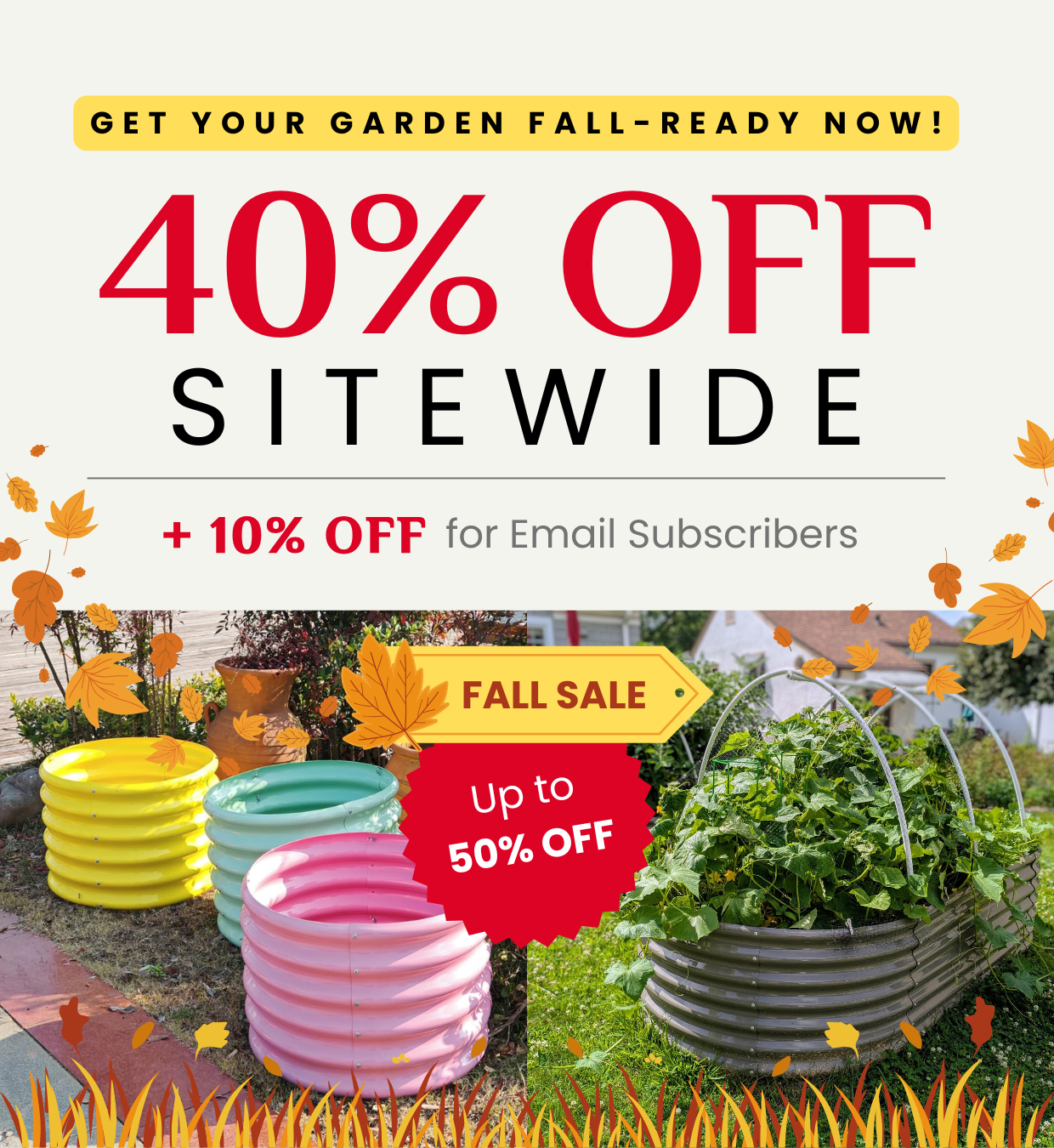We have this experienced young female gardener here reviewing Anleolife rectangular raised garden bed. She believes that it is the best time now to get the soil conditioned for raised bed gardening. See what useful tips she gives us while busy assembling her new raised bed.
|
Anleolife Type |
|
|
User's Location |
Colorado |
|
User's Words |
You've got to build your raised beds now if you're planning on doing any raised bed gardening this summer this is why you need to get it ready now. The sooner you prepare your raised beds the sooner your soil can be conditioned compost and fertilizer need time to set in but there's so much more than that and once it's all set up then you can start to water the soil this will germinate any weed seeds that happen to be in there that way. You can pull the weeds before you plant your real seeds so that's why I'm setting up literally the nicest raised bed I've ever seen and I'm doing it now before it gets warm since it will be all ready I can transplant the second the weather says it's okay. |
Extended Reading:
Learn some 101 about soil when starting your raised bed gardening.
Typically, soil in raised beds can remain productive for between 2 to 7 years, depending on various factors like maintenance and usage. While the exact duration can vary, understanding what influences soil longevity and how to care for it can significantly extend its life.
Factors that Affect Raised Bed Soil Lifespan including:
Soil:The foundation of any garden, especially raised beds, is its soil. Optimal soil is rich in organic matter, which includes components like compost, decomposed leaves, and aged manure. This richness not only feeds plants but also supports a diverse microbial life essential for soil health. High-quality soil maintains structure and nutrients over time, reducing the frequency of necessary replacements.
Plants:Not all plants are equal in their demands on soil resources. Some, known as heavy feeders, such as tomatoes and corn, extract more nutrients, particularly nitrogen, phosphorus, and potassium. On the other hand, light feeders like lettuce or herbs are less demanding. Regularly growing high-demand crops in the same soil can exhaust it more rapidly than rotating with less demanding plants.
Watering:Water is life, but its misuse can be detrimental. Over-watering can wash away crucial nutrients, stripping the soil of its life-sustaining properties – a process known as leaching. Conversely, too little water stresses the entire soil ecosystem, harming plant roots and beneficial microorganisms alike. Adequate, consistent watering keeps the soil's life cycle in balance.
Weather: Weather's impact on soil is often underestimated. Heavy rainfall can lead to erosion, stripping topsoil of its nutrients and organic matter. Conversely, excessive heat and sun can dry out the soil, leading to hardening and loss of plant-friendly structure. Both extremes can drastically reduce soil effectiveness over time.
Pest and Disease:Healthy soil promotes robust plant growth, but when pests and diseases are left unchecked, they can wreak havoc on this environment. Soil that harbors harmful insects or disease pathogens not only affects current plant health but can also become inhospitable for future plantings, reducing the overall lifespan of the raised bed soil.
In short, gardeners can significantly prolong the productive life of their raised bed gardens via maintaining high-quality soil, rotating crops wisely, managing water use, preparing for weather extremes, and controlling pests and diseases.
